Cambridge, located in Cambridgeshire, England, has a rich history of urban development that spans over centuries. The city’s development can be divided into several key historical periods:
- Roman Era: Cambridge’s history dates back to the Roman times, when it was known as “Duroliponte.” During this period, the Romans established a settlement here, with roads and buildings. Remnants of Roman structures have been discovered in and around the city.
- Medieval Period: Cambridge became an important market town in the Middle Ages. The University of Cambridge was founded in 1209, and the presence of the university played a crucial role in the city’s development. The medieval town featured narrow, winding streets, and historic buildings such as the Round Church, which still stand today.
- Tudor and Stuart Eras: During the Tudor and Stuart periods, Cambridge continued to grow as a center of learning and culture. Colleges like King’s College and Trinity College were established during this time, contributing to the city’s architectural and academic heritage.
- 19th Century: The 19th century brought significant changes to Cambridge’s urban development. The Industrial Revolution had an impact on the city, leading to the expansion of the railway system, which facilitated transportation and trade. New residential neighborhoods were built to accommodate the growing population.
- 20th Century: The 20th century witnessed further urban development in Cambridge, particularly after World War II. The city’s population continued to increase, leading to the construction of new housing developments and infrastructure improvements. The expansion of the University of Cambridge also influenced the city’s growth.
- Contemporary Development: In recent decades, Cambridge has experienced substantial development in the fields of technology and research, particularly with the establishment of the Cambridge Science Park in the 1970s and the growth of the “Silicon Fen” tech cluster. The city’s urban development reflects this economic transformation, with modern office complexes and research facilities.
Throughout its history, Cambridge has managed to preserve its historic charm and architectural heritage. The city is known for its iconic buildings, such as the King’s College Chapel, the Senate House, and the Fitzwilliam Museum, which stand alongside contemporary structures, creating a unique blend of old and new. The city’s urban planning has also prioritized green spaces and conservation efforts to maintain its unique character.
Cambridge’s history of urban development is closely tied to its identity as a center of education, culture, and innovation, and it continues to evolve as a dynamic and vibrant city.

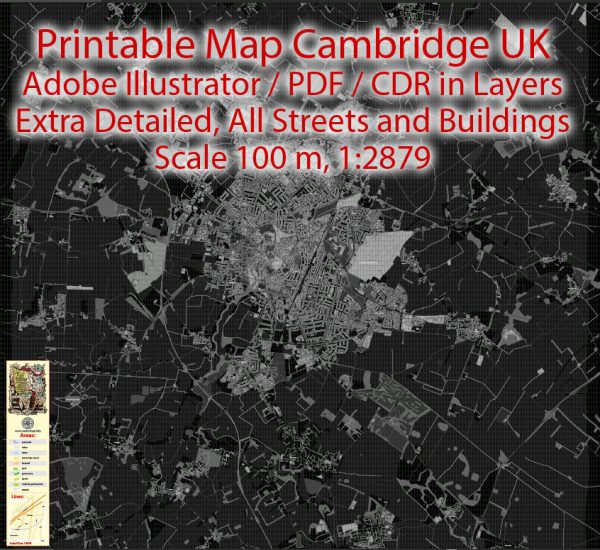
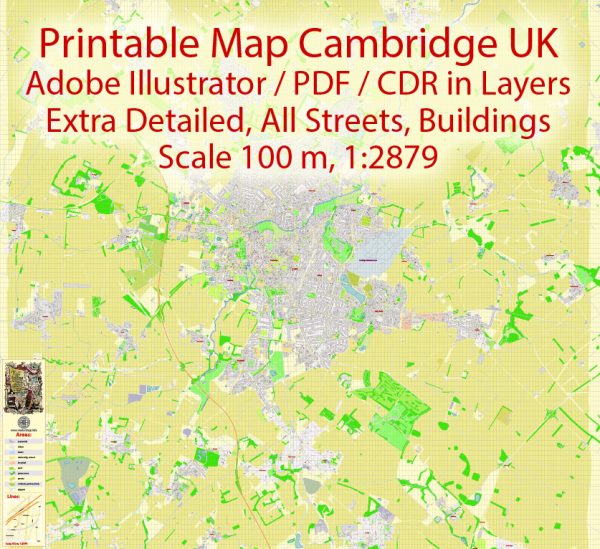
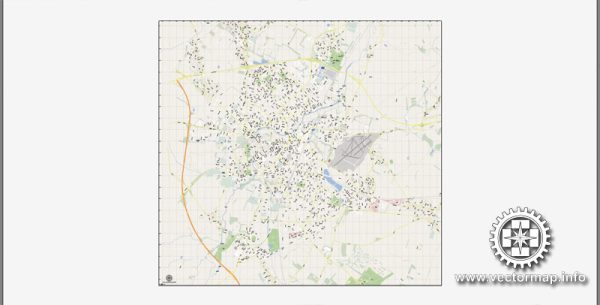
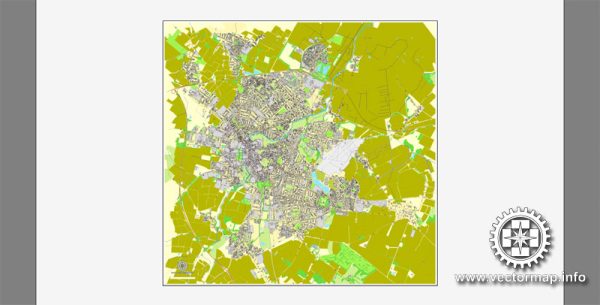
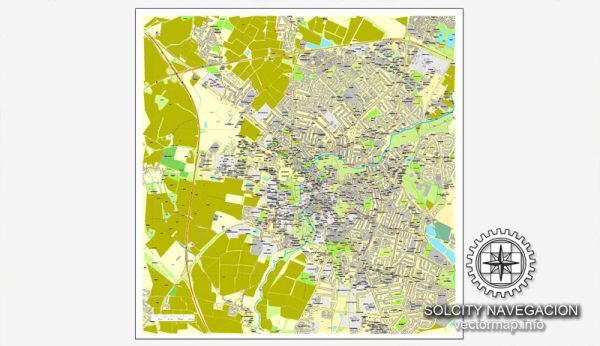
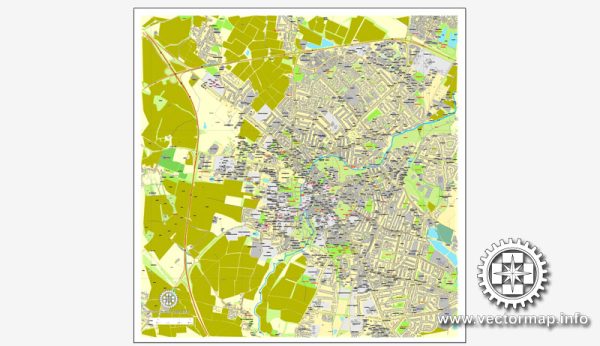
 Author: Kirill Shrayber, Ph.D.
Author: Kirill Shrayber, Ph.D.